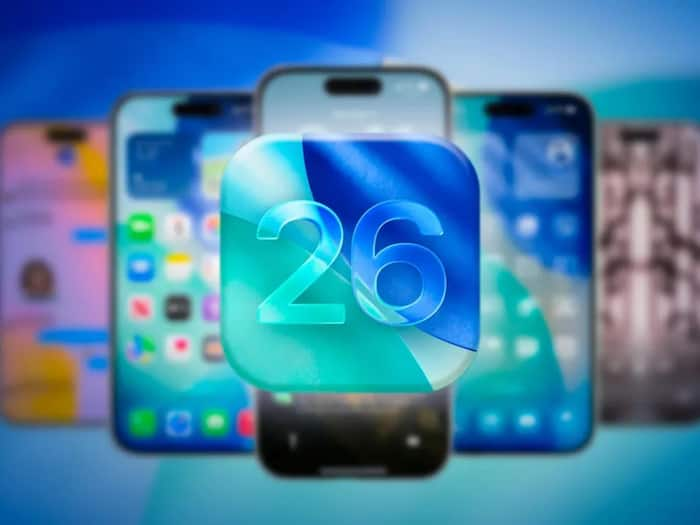
Written By Deepti Ratnam
Published By: Deepti Ratnam | Published: Sep 23, 2025, 12:25 PM (IST)

Apple has reinforced its policy of keeping devices on the latest software, and hence, the tech giant is stopping the signing of iOS 18.6.2. This effectively prevents iPhone users from downloading after upgrading to the newly launched software iOS 26. The decision to sign iOS 18.6.2 comes weeks after the launch of iOS 26. This makes it clear what Apple wants, and also, as soon as users move to the latest version, returning to the older software will not be possible.
When Apple “signs” an iOS version, it allows the software to pass server-side verification, which is necessary for installation on an iPhone. The installation of the version is blocked without verification, ensuring that users cannot run outdated software on iPhones, iPads, and more.
As per a report from Macrumors, it is a common Apple practice of signing the older version of software updates to maintain device security and software consistency across its ecosystem.
Interestingly, Apple doesn’t force users to upgrade to iOS 16, but stopping the signing of older versions removes the option to revert. If you have already installed iOS 26, then you will not be able to revert to iOS 18.6.2, and adapting to the new software becomes mandatory.
This restriction of adapting to iOS 16 is not just limited to the iPhones, but will also apply to the iPadOS 18.6.2 and tvOS 18.6. This will leave iPad and Apple TV users without the ability to return to previous versions after updating.
Users who have not yet updated can continue using iOS 18, but for anyone moving to iOS 26, downgrading is no longer an option. Apple emphasizes that this practice helps keep devices secure and optimized while minimizing vulnerabilities associated with older versions.
With the arrival of iOS 26, Apple has brought a redesigned interface and deeper AI integration. One of the striking features of newer software updates is the introduction of Liquid Glass design, giving icons, apps, and controls a translucent and fluid appearance.
Talking about the Lock Screen, the time display adapts to wallpapers, while notifications shift to keep photos unobstructed.
Additionally, Home Screen also gets a redesigned interface with options for light, dark, and clear appearances.
Control Centre elements and in-app controls now respond dynamically to their surroundings, creating a coherent and immersive user experience.